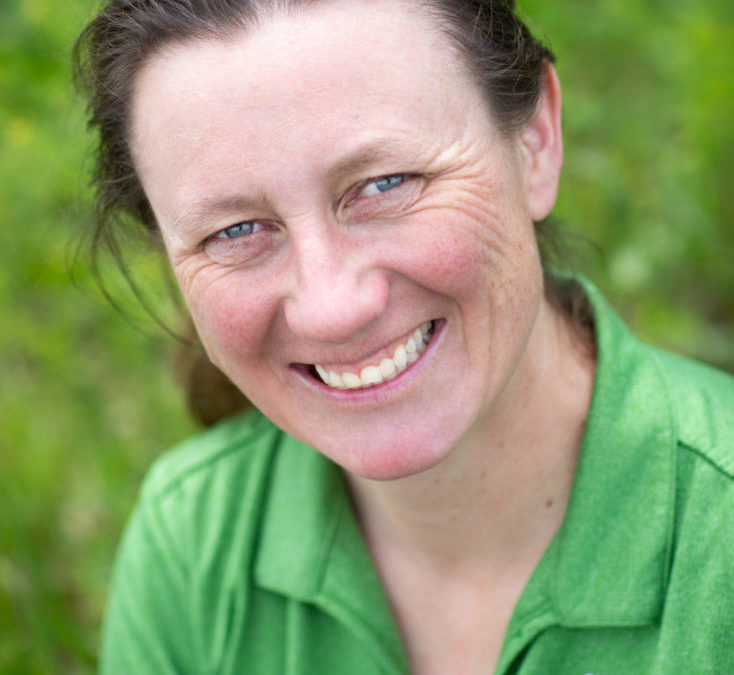Grazing sheep on solar farms makes so much sense. With some planning, good design, and creative engineering, solar developers and farmers can both benefit. View the full interview with Lexie Hain here | check out ASGA here
What is Agrivoltaics and what is ASGA?
“It is kind of addictive,” says Lexie Hain, executive director of the American Solar Grazing Association and a sheep farmer based in New York state. “It’s getting dual use out of a solar farm . . . such a wonderful possibility and plants and animals can mix with solar ground mounted PV.”
When you pick dual use solar, you are supporting yet another income stream for a farm, explains Lexie, who currently farms in Upstate New York and has brought sheep to solar farms since 2018. “You are increasing farm viability. So whether you’re raising sheep under solar panels or raising potatoes, that is an agricultural enterprise and we are producing food.”
ASGA is a membership organization founded by farmers in order to bridge the knowledge gap between the general public and renewable energy, and to provide information about opportunities to solar graze. They support practices of effective, smart land use, integrating food production and biodiversity at solar sites across the United States, from sheep to bees.
What’s the state of the science?
At solargrazing.org, published works are posted, from within solar grazing and the larger agrivoltaics industry, as well as other resources, such as case studies. “The American Wind and Wildlife Institute also calls for abstracts (about agrivoltaics),” according to Lexie, “so that they can help document the state of the science in the United States.”
And the latest information and best practices are being shared with the solar industry. “At the last in-person SPI (Solar Power International) we presented a four-hour workshop; we had a poster session with our partners at Cornell; and also we were on a panel along with Fresh Energy, National Renewable Energy Lab and other industry partners. Stay tuned on SPI 2021.”
What considerations should be explored by a solar asset owner?
“Now they have choices,” says Lexie. “We’re looking to support the most diverse habitat we can, as well as creating an environment where you can have healthy sheep.” Water is a consideration, she says, though sheep don’t typically drink a lot. The right seed for the local climate is important, instead of a turf grass mix, and perimeter fencing.
“The fences have to be tight and flush with the ground as do the gates . . . no holes at the base of the fence where a coyote could get in or a sheep could get out.” And sometimes there’s a wildlife friendly requirement. “You may just need a little portal at the bottom of the fence to allow a little turtle to go through. . .”
Does solar grazing need to be originally planned for or can it be retrofitted post construction?
“This year, our firm is grazing 18 or 19 arrays. One was planned for grazing and the rest are not.” If it’s later, the main modifications to be looked at will be the seeding on the site, the available water and fencing.
Watch the full interview here Solar Podcast where Lexie Hain talks more about best practices for solar grazing; how sheep are better for many landscaping challenges; advances in seed development for different regions; and surprising facts about water needs and options.
